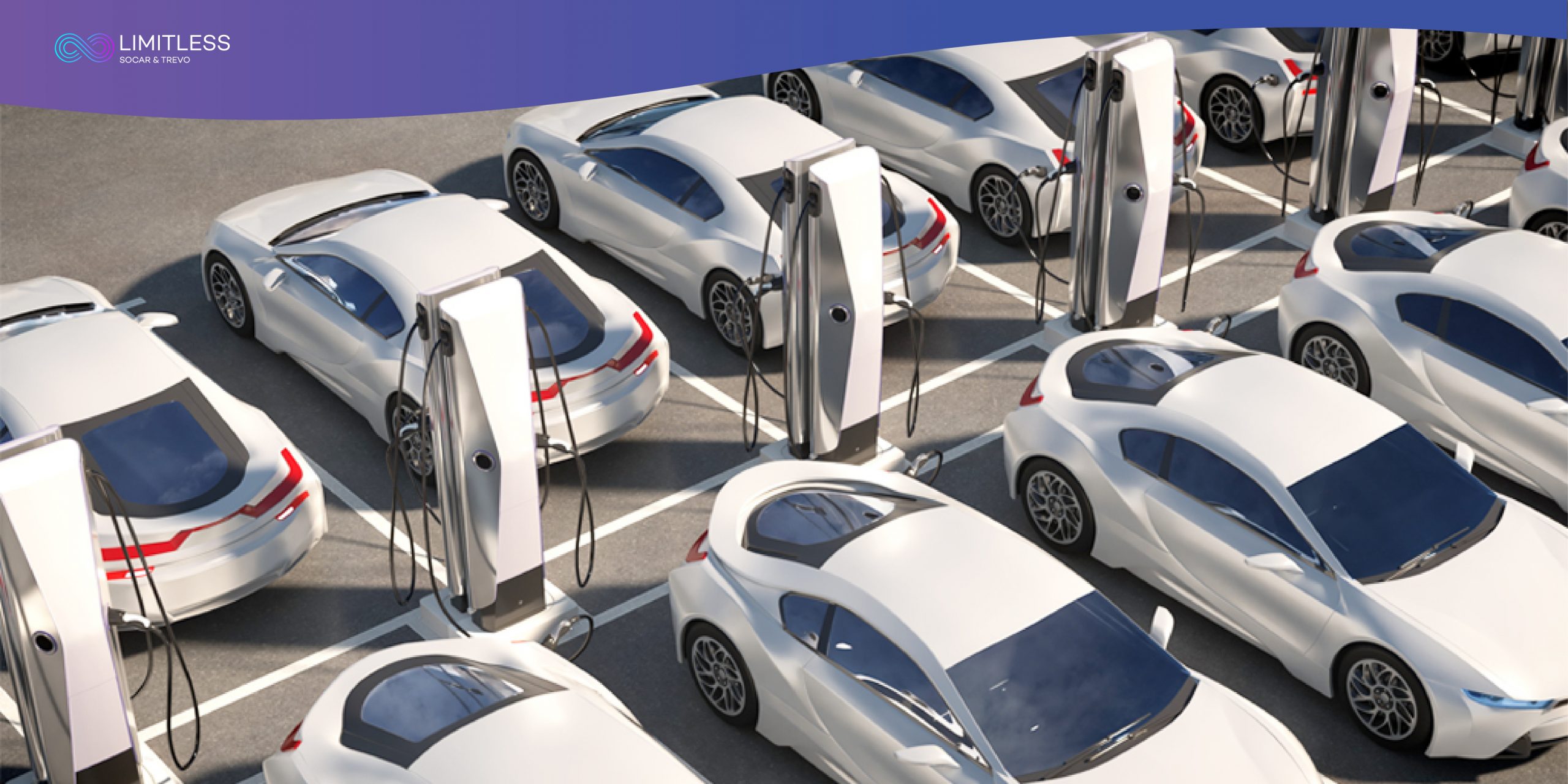In the wake of the recent Intergovernmental Panel on Climate Change (IPCC) report that sounded a code red alarm on the irreversible effects of climate change, the need to make strong and sustained reductions in greenhouse gas emissions is more pressing than ever.
With transportation being a major contributor to emissions, automotive industry players have been at the forefront in spearheading change, with consensus converging on the need to electrify our vehicles. It has been estimated that across 10 years, each electric vehicle (EV) can potentially save between 45 to 60 tonnes in CO₂ emissions compared to a regular car.
Some countries have laid out timelines to phase out the sale of internal combustion engine (ICE) vehicles, such as the European Union (EU), who have set a deadline for 2035. In addition, the EU has also rolled out the ‘right to plug’ to ensure EV drivers wait no longer than three months to charge. This initiative would be executed in tandem with a funding programme to install cabling for buildings and upgrade grids, with a target of having 20% of buildings cabled by 2025 and 50% by 2030.
However, for Malaysia, the road ahead is paved with many challenges. Our EVs currently number just in the thousands, a mere fraction of the millions of fossil fuel-powered vehicles currently on the road. Not forgetting, our EV charging infrastructure is facing an equally monumental challenge in catching up. In comparison, early movers such as China, which is by far the largest market for EVs in terms of unit sales, have among the highest number of electric chargers (around 1.7 million, 52% private, 48% public) – a ratio of 1 public charger to 5 EVs!
Amidst this, what are the critical factors to overcome, in order to help Malaysian drivers go fully electric?
Battery Cost and Lifespan
Cost is a key factor in EV hesitancy, and the most expensive component of an EV is the battery. At present, the cost of battery production is about USD100 per kWh. It is estimated that the tipping point that decisively swings the cost of ownership equation in favour of EVs will be USD60 per kWh, which will make EVs cheaper than ICE cars. Apart from this, there is also the issue of battery degradation over time, gradually reducing the performance or cruising range of your vehicle.

Performance and Range Anxieties
Range anxiety is a well-known factor when it comes to drivers doubting the feasibility of EV use. While implementing the next generation of fast chargers is a must, there is also the question of convenience. What are the battery options available for long distance road trips? Must drivers make multiple stops to top up their power supply? There are already cars promising a range of 1,000km but will this in turn require a bigger, more comprehensive charging infrastructure rollout as use increases?
The question of what to do with degraded batteries also comes up. Here, the option of repurposing retired EV batteries to store the energy generated from sustainable power sources, such as from solar panels, is a promising solution.

Technology Obsolescence
EV technology is exciting and still fairly new, but amidst the rapid development and significant advancements taking place at the software level, we have to consider if this consigns EVs to the lifespan of consumer electronics. If an EV becomes outdated after three years, the sticker price on many EVs and a limited resale market could deter EV adoption. What if a people-to-people (P2P) car sharing marketplace, such as TREVO, can help owners recoup some of their cost outlay by listing both their car and wallbox charger to generate income?

Maintenance and Support
EV use also means saving on fuel costs as well as on maintenance fees. Since an EV is fully electric, it doesn’t require oil to lubricate the engine. Regular oil change maintenance will become a thing of the past. But this also means a thoughtful rollout of retraining and retooling of current workshops and their mechanics – to ensure that phasing in of new mechanic skill sets doesn’t impact a key economic sector. At the same time, we need to increase new EV-capable workshops and service centres across the country to support EV adoption.

Share Instead of Buy. Why not car share an EV first?
Car sharing can be a great stepping stone to introduce EVs to Malaysia. From an infrastructure perspective, car sharing platforms are flexible and agile enough to connect multiple partners to build EV infrastructure, and to drive a sustainable rollout of key charging points thanks to MaaS (Mobility as a Service) data collected from current users.
From there, car sharing can serve as the gateway to mass EV adoption in Malaysia through a mix of dynamic affordable pricing, convenient service delivery, fleet maintenance capabilities and customer-centric support (to help and educate first movers in Malaysia interested in experiencing EV to the fullest). All these can be achieved through a single point of entry – an app right on your mobile phone.
Malaysian drivers can enjoy the option of choosing different EV models according to their needs and wants, without owning any of them – with the reassurance that the potential headaches of EV ownership are being taken care of by the car sharing provider.
In Malaysia, with transportation contributing approximately 21 percent of total CO₂ emissions, implementing sustainable mobility is crucial – sooner rather than later. EVs are an indispensable piece of the green mobility plan to reduce greenhouse gas emissions and car sharing is surely the engine that can drive society towards achieving sustainable mobility.

